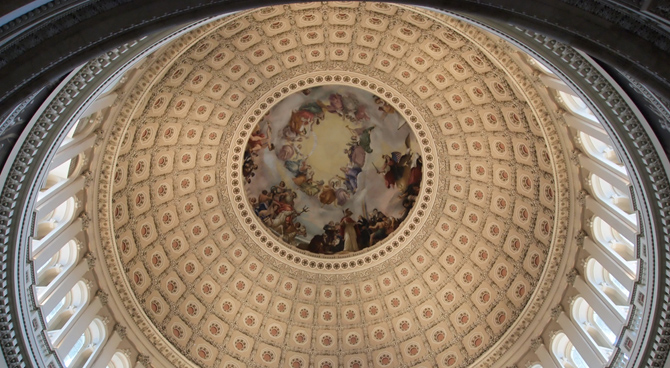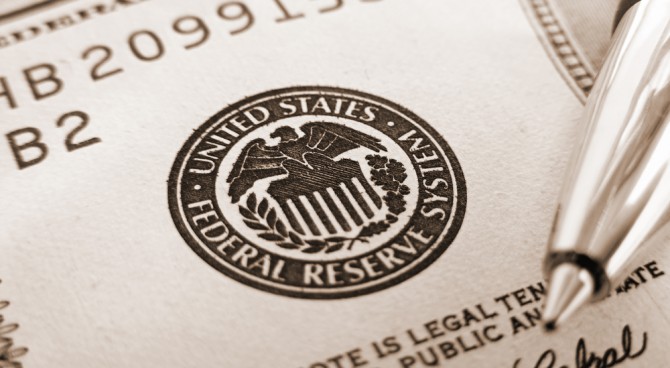As with HillaryCare, a single payer, national health-care system has always been the goal.
In claiming earlier this year that the current U.S. health-care system “was HillaryCare before it was called ObamaCare,” Hillary Clinton was telling the truth—but not the whole truth. In 1993, while first lady, Mrs. Clinton led a task force to deliver universal health care to the voters who elected her husband. She failed. After many revisions, the final bill stalled in the Senate for lack of Democratic votes.
HillaryCare was a comprehensive plan for the government to take over the health-care system, with program details and cost-control measures precisely defined. Having learned from that defeat, the Obama administration left as many details as possible to be written during implementation after ObamaCare became law. With few details to defend and the clear falsehood that “if you like your health-care plan you can keep it,” President Obama pushed through his “signature” legislation.
While Bill Clinton recently denounced the Affordable Care Act’s effect on the health-care market as “the craziest thing in the world,” ObamaCare was never anything more than a politically achievable steppingstone. As with HillaryCare, a single payer, national health-care system has always been the goal.
Hillary Clinton’s Health Security Act of 1993 would have broken the nation’s health-care system into regional Healthcare Purchasing Cooperatives, which would have collectively set treatment guidelines and implemented cost-control measures. In the abstract, HillaryCare was just as popular as ObamaCare would be 16 years later, with some 20 Republican senators initially supporting an alternative plan that would have largely implemented HillaryCare.
That’s when Sen. John McCain, the late Sen.Paul Coverdell and I took our fight against the bill to regional media markets. When we attacked HillaryCare as inefficient, people yawned. When we showed that the program was unaffordable, people checked their watches. But when we focused on the extraordinary loss of freedom that HillaryCare entailed, where the federal government decided the doctor you could see and the services that could be provided, our rear-guard action became a crusade.
The stone that slew the HillaryCare Goliath was freedom. Even the Democrat-appointed head of the Congressional Budget Office was forced to conclude that under HillaryCare health-insurance premiums were federal revenues and all health-cooperative expenditures were federal outlays.
The decisions of HillaryCare’s National Control Board, which would have determined every allowable benefit and treatment, would have been final—not reviewable by any agency or judge. What finally broke the back of HillaryCare was the provision imposing civil penalties for providing treatments not allowed by the regional cooperative and criminal penalties for accepting a separate payment for providing such care within a cooperative.
Families were forced to pay into the regional cooperatives and medical providers had to provide all medical care through the cooperatives or operate completely outside them. Since few families could afford to pay the cooperative for health care and then pay for additional care, and few providers could afford to operate totally outside the system, any real health-care choice would have been extremely limited, very expensive and available only to the highest-income families. When challenged to defend the loss of freedom HillaryCare entailed, congressional support collapsed and no effort to resurrect it was made until ObamaCare.
President Obama left out the politically dangerous details of how the program would be structured and how costs would be controlled. But in the end ObamaCare passed because he neutralized the freedom issue that had killed HillaryCare by lying about the ability of Americans to keep their health insurance. Seldom in any free society has a purposeful lie led to a greater loss of freedom.
In 2008, candidate Obama attacked HillaryCare repeatedly, claiming in a speech in Ohio that Mrs. Clinton’s approach would “have the government force you to buy health insurance, and she said that she’d consider going after your wages if you don’t.” But the very coercion he condemned became the cornerstone of ObamaCare, with an “individual shared responsibility payment” of up to $2,085 levied by the IRS on anyone without health insurance.
The Achilles’ heel of ObamaCare today is the same weakness that felled HillaryCare—the coercion required to force millions of young, healthy people into the exchanges where they can be exploited. Why the Republican majority in Congress has never forced a vote on health-care freedom, giving families the right—promised by President Obama and his Democratic allies—to choose not to participate in ObamaCare and to buy the health care of their choice independent of the exchanges, remains the greatest mystery of the 114th Congress.
ObamaCare’s plan was always to cook the frog slowly. It didn’t immediately close the individual market or shut down the small-group market as HillaryCare did. President Obama granted substantial flexibility in implementation, such as suspending penalties for individuals and employers, waiving income-verification requirements and easing the premium shock on young enrollees by administratively adjusting the community-rating system. But the result of delaying the coercion ObamaCare requires has been an explosion in health-care premiums and massive losses by insurers.
Except for the fact that it is occurring right before the elections, the four largest national health insurers dropping out of ObamaCare is not a problem. This is the plan. Eliminating the facade of private insurance is how ObamaCare “morphs” into HillaryCare and ultimately into a single-payer plan like Medicaid or Medicare. This is exactly what Mr. Obama and the Clintons wanted to begin with. Right on cue, they are now campaigning for a Bernie Sanders-type nationalized health-care system.
For the ObamaCare of today to be transformed into the HillaryCare of 1993 and finally into a nationalized health-care system, a president is needed who has the willpower to impose the coercive details, nail down hard deadlines and unleash agencies to tighten controls and squeeze the life out of private insurers. In 1993 Hillary Clinton unapologetically proposed to do just that. If she is elected president she will have the unilateral power under ObamaCare to do it. The loss of what remains of Americans’ health-care freedom is an election away.
Mr. Gramm, a former chairman of the Senate Banking Committee, is a visiting scholar at the American Enterprise Institute.





